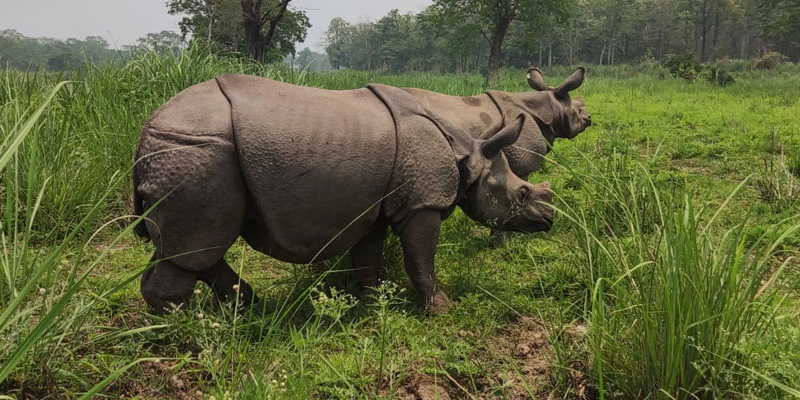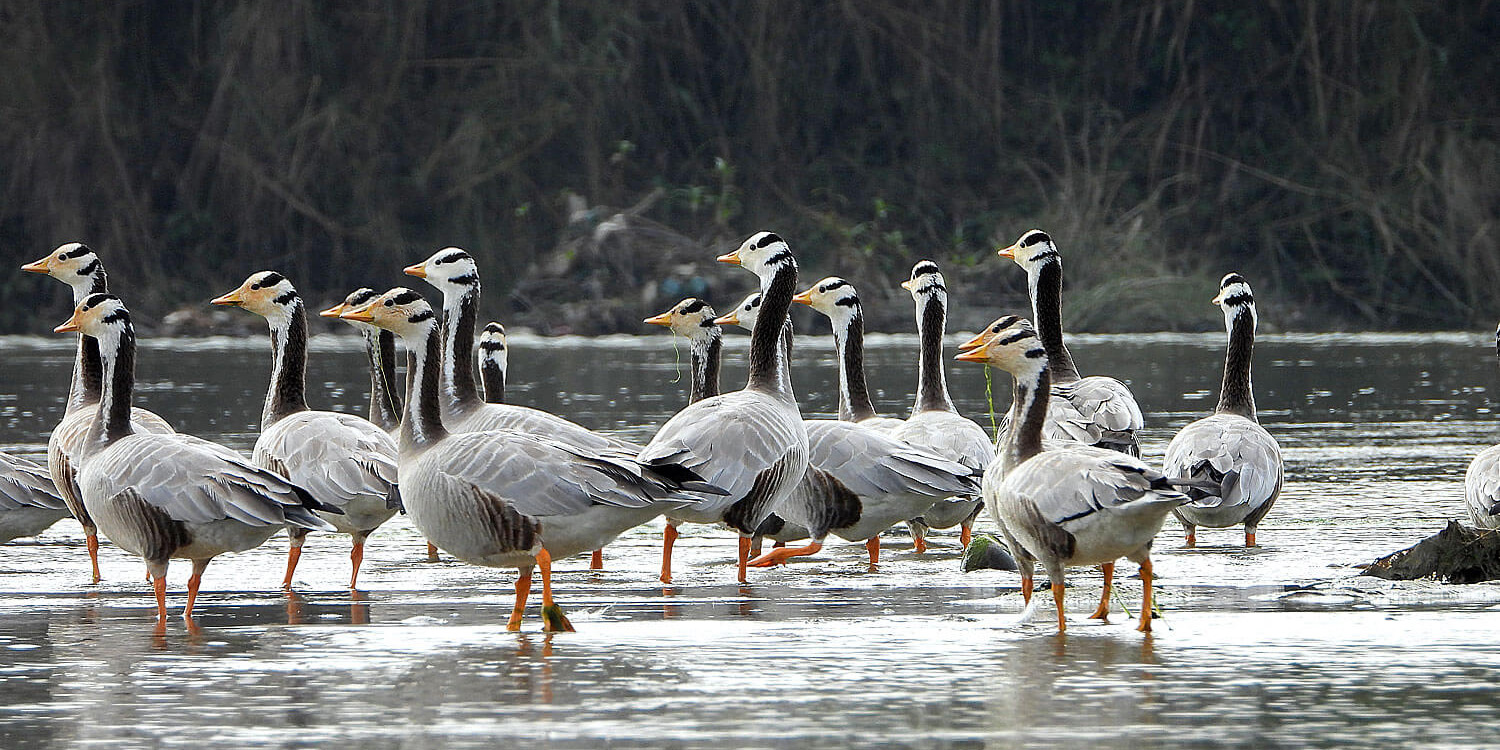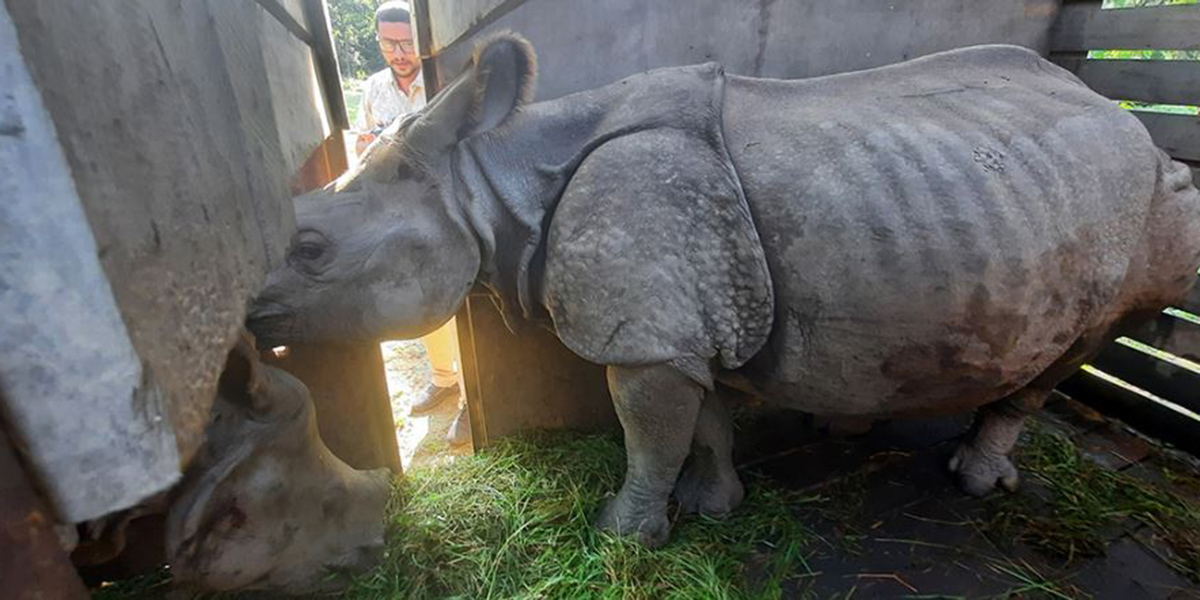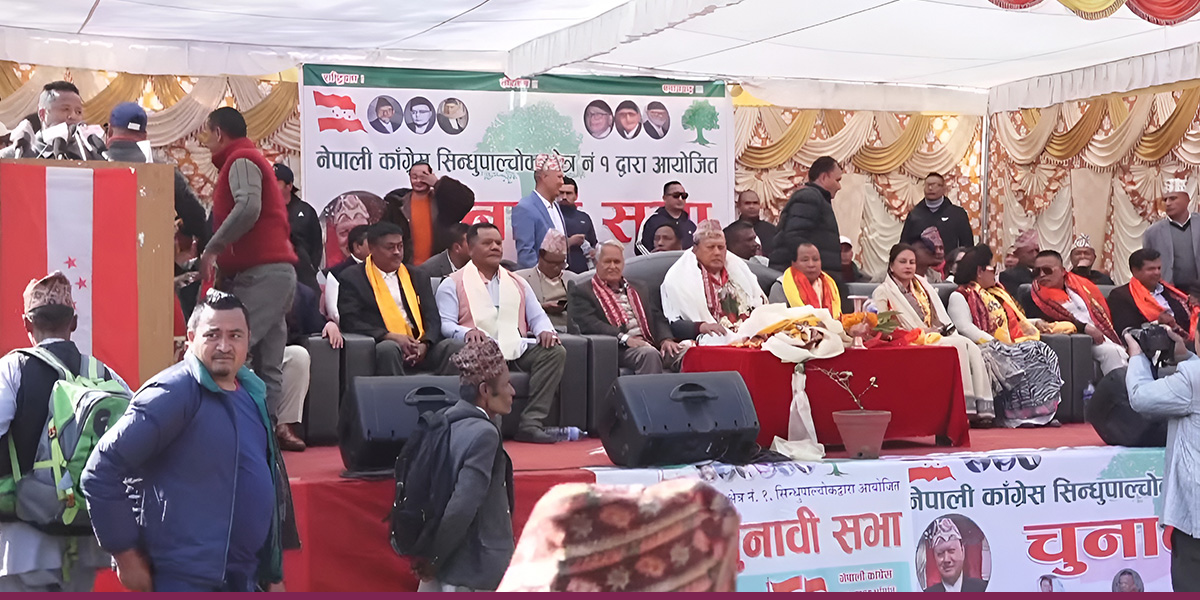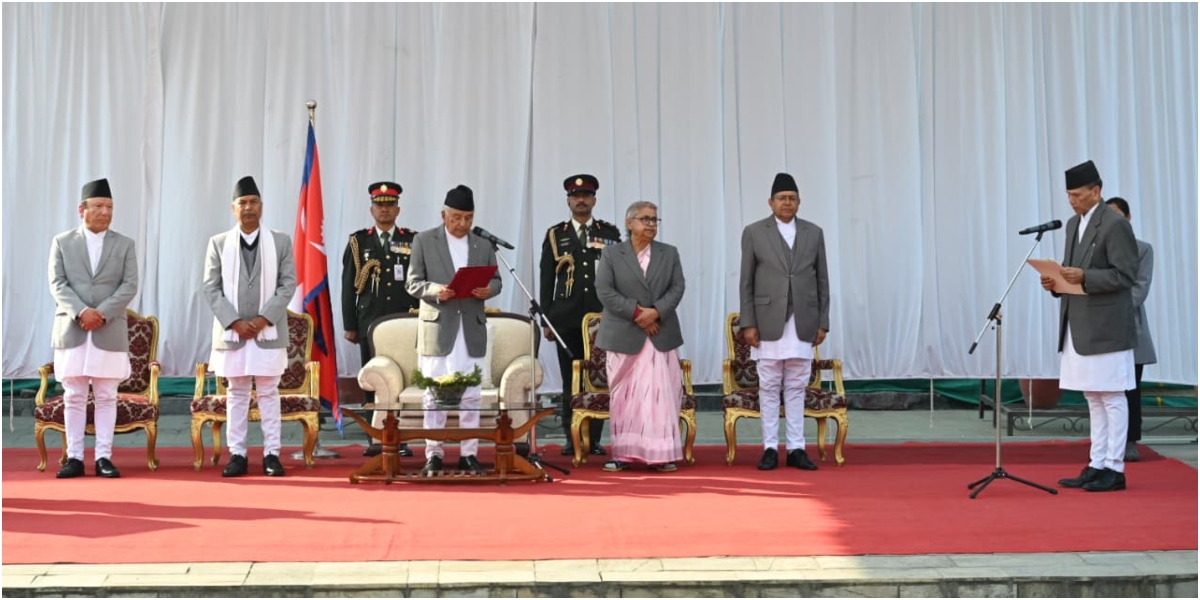
MORANG: Migratory birds arrive in Nepal in winter to escape the cold. Recent observations, however, indicate that climate change is affecting these winter visitors, who typically stay in Nepal until late March-April.
Experts say changes in habitat, food cycles, migration timing, and increased vulnerability to diseases and parasites are affecting migratory birds.
Anish Timsina, a naturalist guide at Koshi Tappu Learning Grounds, said migratory bird numbers are declining due to unsuitable environmental conditions. “Along with addressing climate change impacts, government agencies need to ensure proper habitat and food management for birds and wildlife,” he added.
Timsina also underlined the need to manage invasive plants in wetlands and other bird habitats while preserving native species. He also warned about the growing threat of increased pesticide use in agricultural fields.
Koshi Tappu Wildlife Reserve is often considered Nepal’s “bird capital”. Of Nepal’s 895 bird species, 535 have been recorded here. The 2023 waterbird census conducted by the Koshi Bird Society documented 13,668 birds from 58 species in the reserve.
“Not all bird species found in Nepal stay year-round,” said Kurman Mansuri, the owner of the Bird Watching Camp, Koshi Tappu. “There is continuous migration throughout the year, with different visitors arriving in winter and spring seasons.”
While Koshi Tappu continues to attract new species, Mansuri said that the size of flocks has decreased compared to previous years. However, nearby Barju Lake and Betana wetlands in Morang still receive substantial flocks of migratory birds.
According to Shambhu Bhattarai, chairperson of the Betana Wetland Forest Users Committee in Belbari Municipality of Morang, most migratory birds arriving at Koshi Tappu also reach Betana.
Birds from various parts of Nepal, South India, and as far as Siberia can be observed in Betana, particularly from December to March-April. However, recent years have seen smaller flocks, possibly due to climate change impacts.
Dilli Koirala, a biologist from Belbari, explained that thousands of migratory birds travel to Nepal’s lower Himalayan regions, hills, plains, lakes, and riverside areas when snowfall begins in the Arctic, seeking refuge from harsh winter conditions.
According to Koirala, climate change can alter the migration timing of birds, affecting their breeding and landing patterns, as well as impacting temperatures and precipitation patterns in their habitats, which can affect their breeding grounds.
Statistics show that approximately 150 bird species migrate to Nepal annually from Russia, Kyrgyzstan, Turkistan, Uzbekistan, Azerbaijan, China, Mongolia, Europe, Korea and the Tibetan region.
About 50 species of passage migrants use Nepal as a route to southern countries like India, Pakistan and Sri Lanka. Winter visitors mainly concentrate in Nepal’s key wetland areas including Koshi Tappu Wildlife Reserve, Chitwan National Park, Bishazari Lake, Jagdishpur Lake, Ghodaghodi Lake, Shuklaphanta Wildlife Reserve, and along the Koshi, Gandaki, Narayani rivers and their tributaries.
The migratory species include Blue-tailed Beeeater, Indian Golden Oriole, Asian Paradise Flycatcher, Hooded Pitta, and Chestnut-headed Beeeater , among others. Summer visitors primarily inhabit forests, surrounding grasslands, and agricultural lands.
(Translated from RSS)



![Anjali, Pushpa thriving in Koshi Tappu [In Pictures]](https://en.himalpress.com/wp-content/uploads/2025/04/raino-2.jpg)

